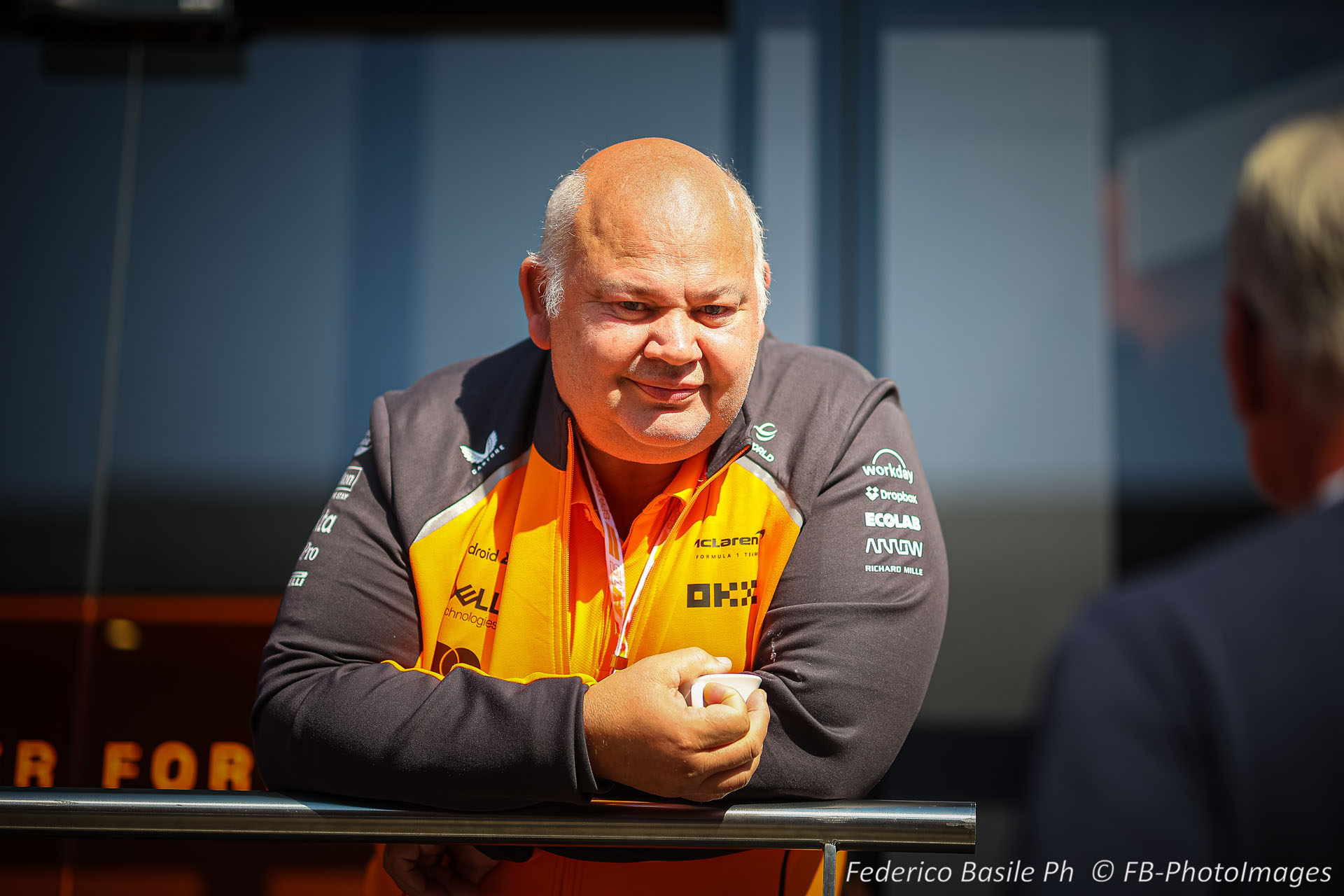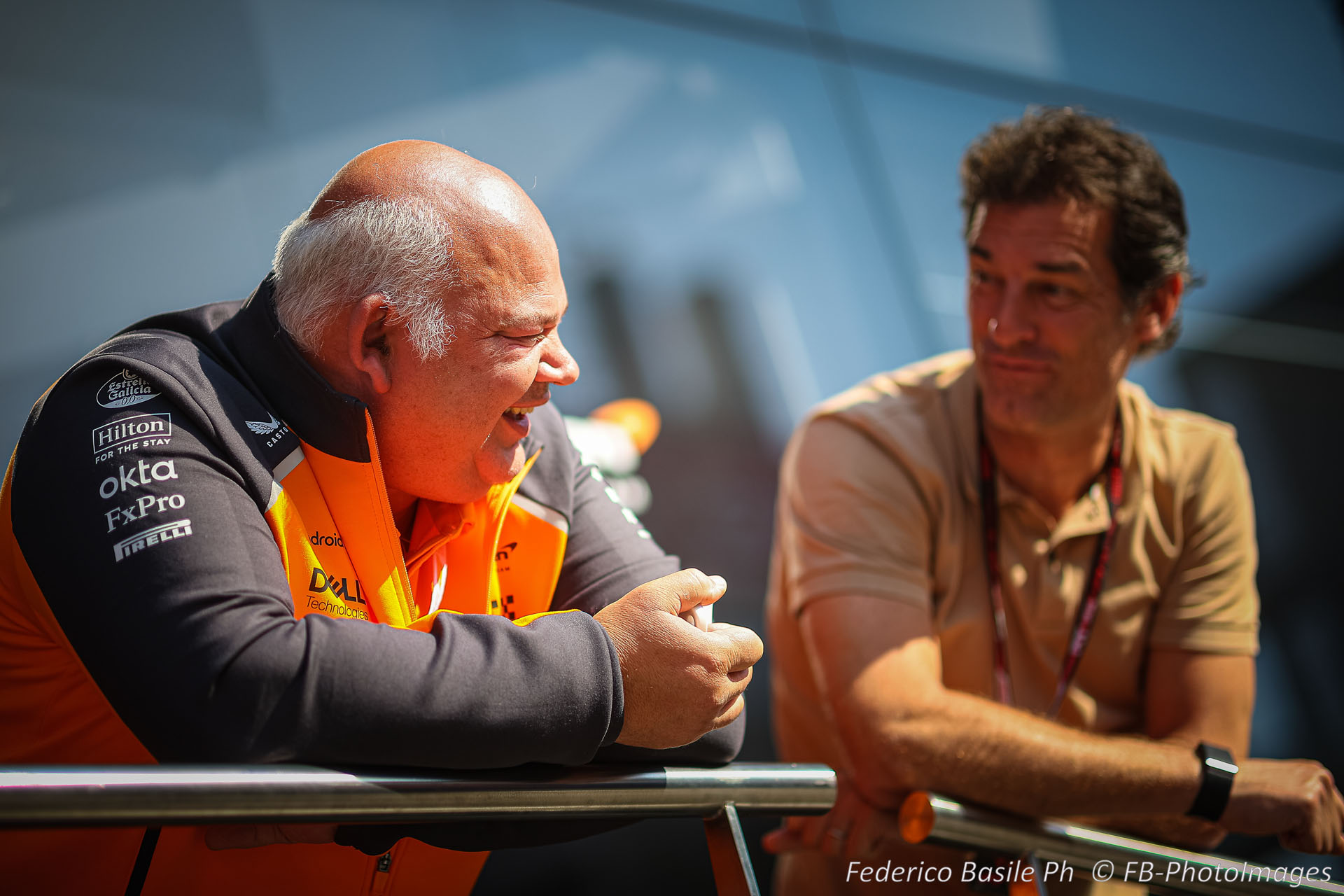F1 News: Rob Marshall has made Formula 1 too predictable
Engineer Rob Marshall’s Formula 1 cars are so superior, it makes the outcomes of F1 races too predictable. First he did it at Red Bull with Max Verstappen, and he now is doing it at McLaren.
His cars are simply unbeatable.

Formula 1 has always walked a fine line between technological innovation and competitive racing.
Related Article: F1 News: McLaren’s Rob Marshall led design team makes others look like fools
But as dominant teams extend their lead and midfields struggle to close the gap, some fans are finding the thrill elsewhere—through more dynamic experiences like those offered over at СasinoСapo.co.nz. As unpredictability fades on the track, the excitement of chance is taking new forms online.
The 2022 regulations were intended to tighten the field and encourage more wheel-to-wheel action. But two years on, Red Bull’s consistent dominance and the recurring struggles of teams like Ferrari and Mercedes raise questions about whether the rules have delivered.
As teams master the technical regulations, and engineers like Rob Marshall design unbeatable cars, the margin for surprise seems to shrink—just like the hopes of underdogs. This trend has sparked broader debates not just within the sport, but across betting communities, social media, and the paddock itself. Is predictability now the price of progress?
A battle of budgets and wind tunnels
The current generation of F1 cars was built around a ground-effect aerodynamic philosophy, designed to reduce turbulence and improve overtaking. While the initial results were promising, the top teams quickly adapted, widening the performance gap once again. Red Bull’s technical superiority in aerodynamics and weight management has led to runaway wins, while rivals struggle to keep pace within the confines of the budget cap.
The cost cap, introduced to level the playing field, has instead entrenched advantages. Teams with better infrastructure, simulation tools, and staff began the 2022 era with an edge—and have largely maintained it. Even slight differences in wind tunnel time and development cycles are enough to lock in competitive disparities for a full season or more.
Midfield chaos masks deeper consistency
On the surface, the midfield often seems unpredictable, with teams like Aston Martin, Alpine, and McLaren swapping places from race to race. But over the full season, patterns emerge: resource-rich teams with clear development paths tend to climb, while others fade. The illusion of randomness may make for good television—but it rarely affects the podium.
Driver talent still plays a key role, but technical consistency is what builds championship runs. Without regulation changes or shakeups, it becomes increasingly difficult for backmarkers to break through. A surprise qualifying lap may grab headlines, but the race results tell a more familiar story.
Will 2026 bring real change?
The next major regulation shift is set for 2026, when new engine rules and chassis designs will be introduced. Many hope this will reset the competitive order, opening the door for new challengers and more dramatic racing. But if history is any guide, top teams will adapt fastest—and the risk is that new rules simply lead to new dominators.
FIA and FOM must now walk an even finer line: encourage innovation, preserve fairness, and ensure fans stay engaged. If not, the sport could face declining excitement—even if the technology remains world-class.
Until then, the grid will likely continue to reflect more engineering hierarchy than raw unpredictability.
